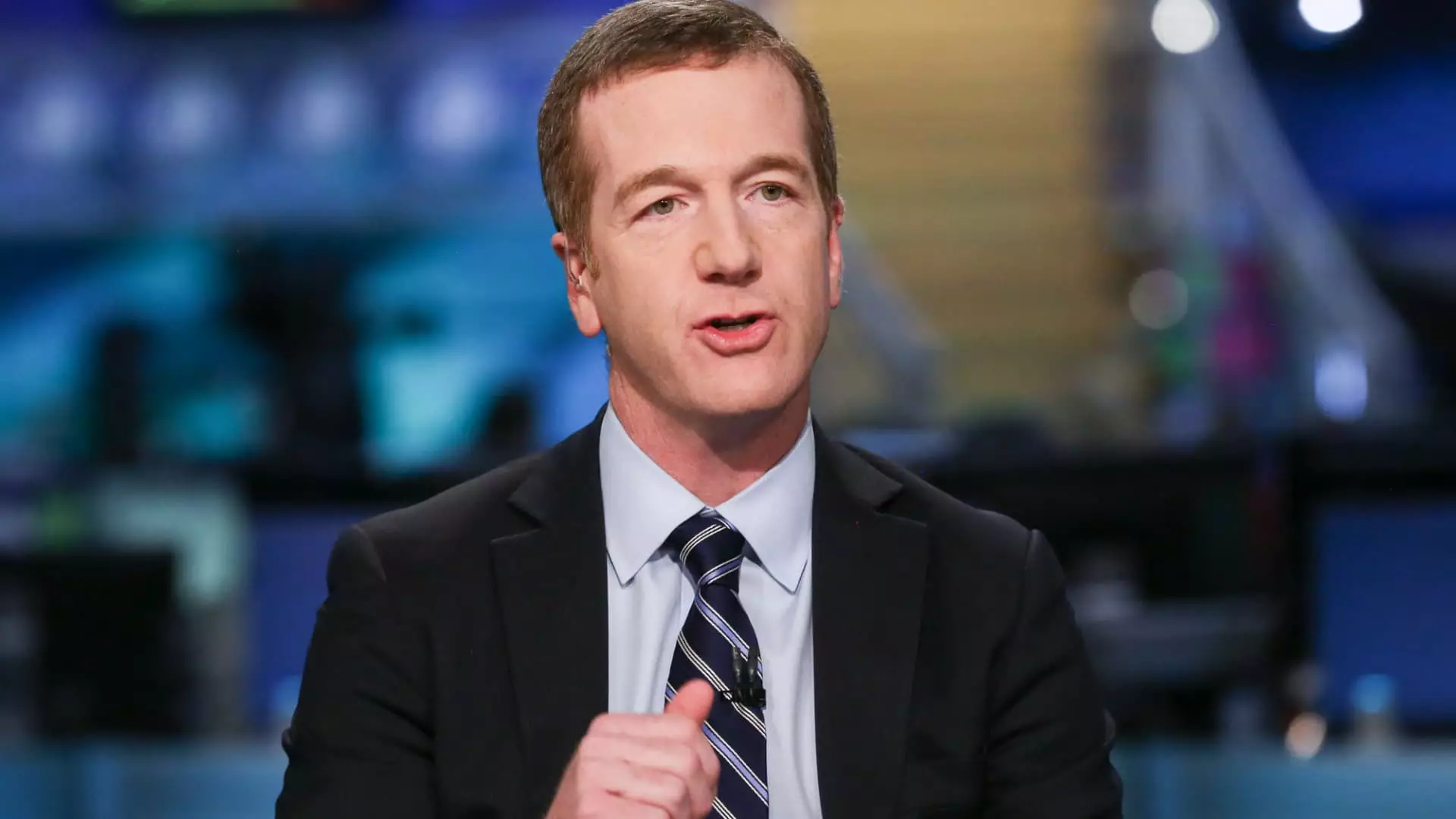In the realm of finance, transformation is often dictated by market sentiment, and currently, U.S. stocks are on the verge of a significant upswing, according to Morgan Stanley’s Mike Wilson. After a tumultuous pattern marked by volatility, the stage seems set for a distinctive shift back towards equities. Wall Street has recently witnessed a surge that can be attributed partly to short squeezes in low-quality stocks, which Wilson labels an initial step toward a more robust recovery. Acknowledging the pivotal role played by the “Magnificent Seven”—the tech giants responsible for a considerable portion of the rally—he suggests these companies may form the backbone of a more sustained upward trend.
The Role of the “Magnificent Seven”
A closer examination of the dominant players in this revival—Apple, Nvidia, Meta Platforms, Amazon, Alphabet, Microsoft, and Tesla—reveals their influence on market momentum. These companies, often referred to as the “Mag Seven,” have not only lifted the index but also garnered heightened investor confidence. As these tech giants stabilize and their earnings per share (EPS) revisions show positive signs, there is renewed interest from capital markets. Wilson’s outlook appears optimistic, projecting a near-term target of 5,900 for the index, close to current levels a bit below its historical highs. However, such enthusiasm warrants a careful analysis of the underlying factors influencing this apparent renaissance.
Seasonality and External Factors at Play
Wilson describes several external influences propelling the current rally, including favorable seasonal patterns and the effects of lower interest rates. While these conditions have historically been conducive to stock market gains, it is critical to maintain a balanced perspective. His assertion that the recent gains may only serve as a temporary rally, especially as earnings season approaches, raises questions about the sustainability of these upward movements. As he points out, the market may face renewed selling pressures as companies report their earnings, potentially leading to a slower recovery or new lows later in the year.
Fundamentals Driving Market Sentiment
Delving into the fundamental factors behind the recent market performance, Wilson emphasizes the declines in earnings revisions and stagnant Federal Reserve policies as key elements impacting investor sentiment. His dismissal of tariff issues as primary culprits of market weakness is noteworthy; instead, he describes a complex interplay of economic sluggishness and policy constraints negatively affecting growth prospects. This nuanced understanding of market dynamics is essential, as it reveals that the underlying earnings potential remains shaky, contingent on broader economic conditions.
Looking Ahead: Caution Amid Optimism
Despite Wilson’s upward target for the S&P 500 at 6,500, suggesting a bullish sentiment for the second half of the year, it is imperative to approach this outlook with measured optimism. The notion that investors could anticipate a return to new highs speaks to a longer-term vision for market recovery but should be tempered with caution regarding potential volatility and headwinds. Therefore, while the current positive trajectory is evident, serious attention must be paid to the lurking risks that could undermine this fragile resurgence in U.S. equities. This ongoing dance between hope and caution is likely to shape the fortunes of investors navigating these turbulent waters.

